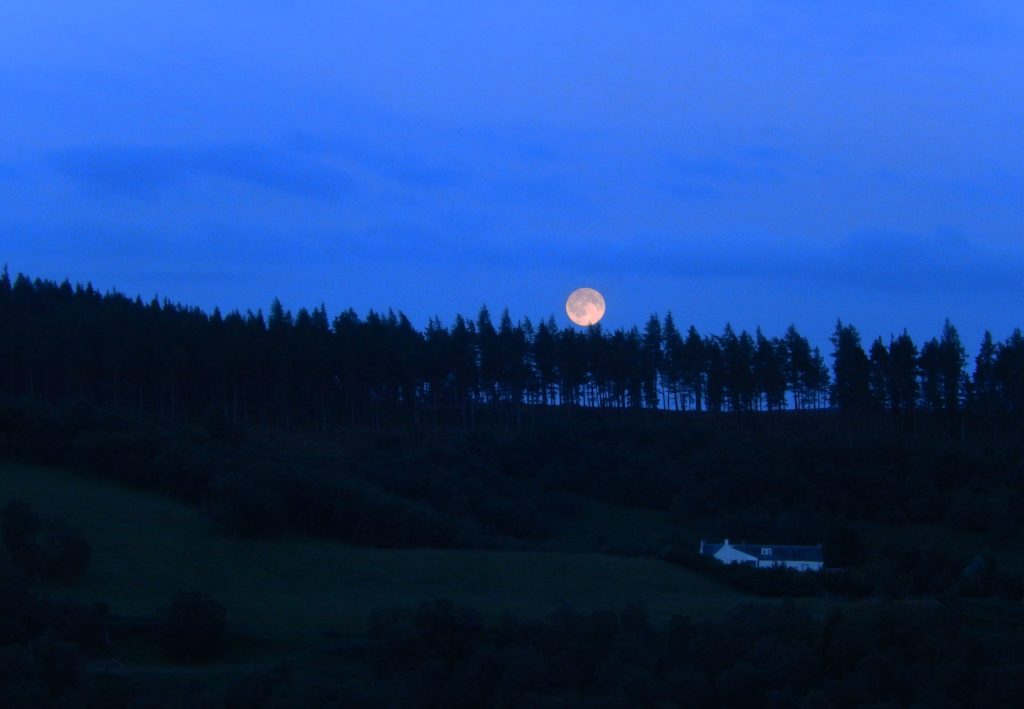
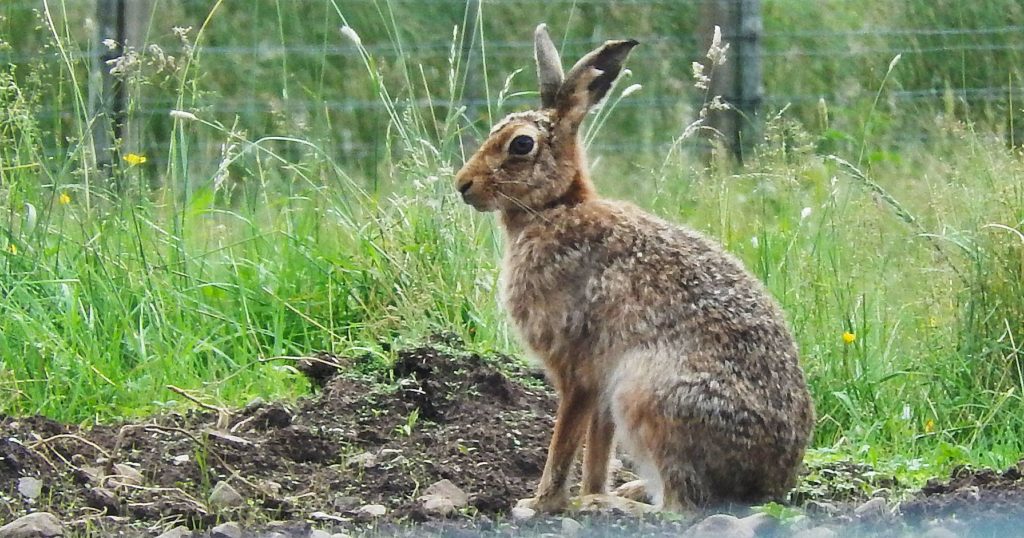
Watchfulness seems to be the, er, watchword for the wildlife of the Upper Spey valley. This hare kept a close eye on me, then lolloped off, not appearing to hurry, but going pretty quick, before squeezing under a gate.
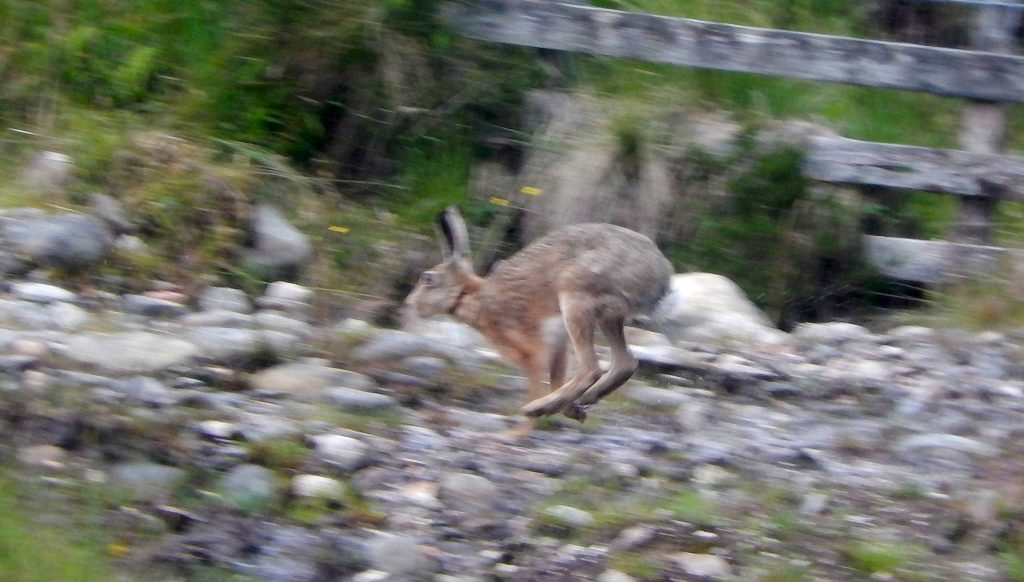
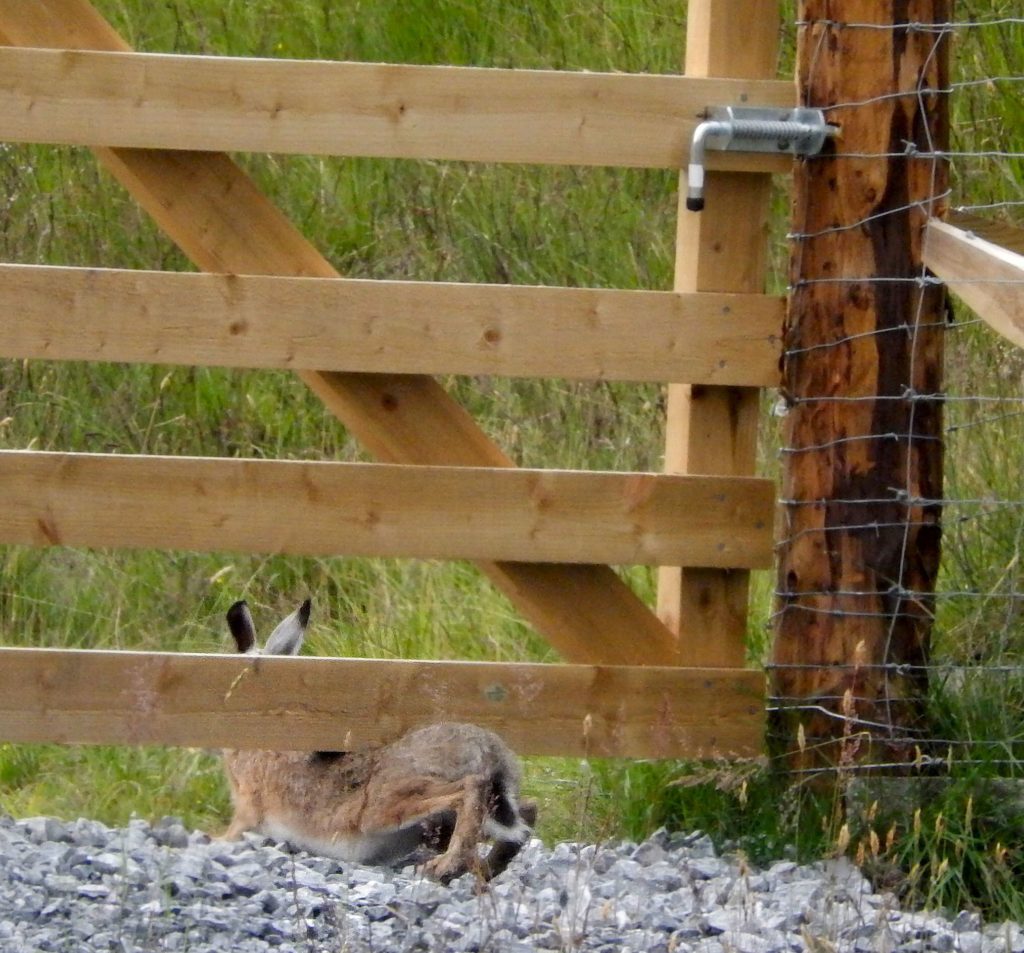
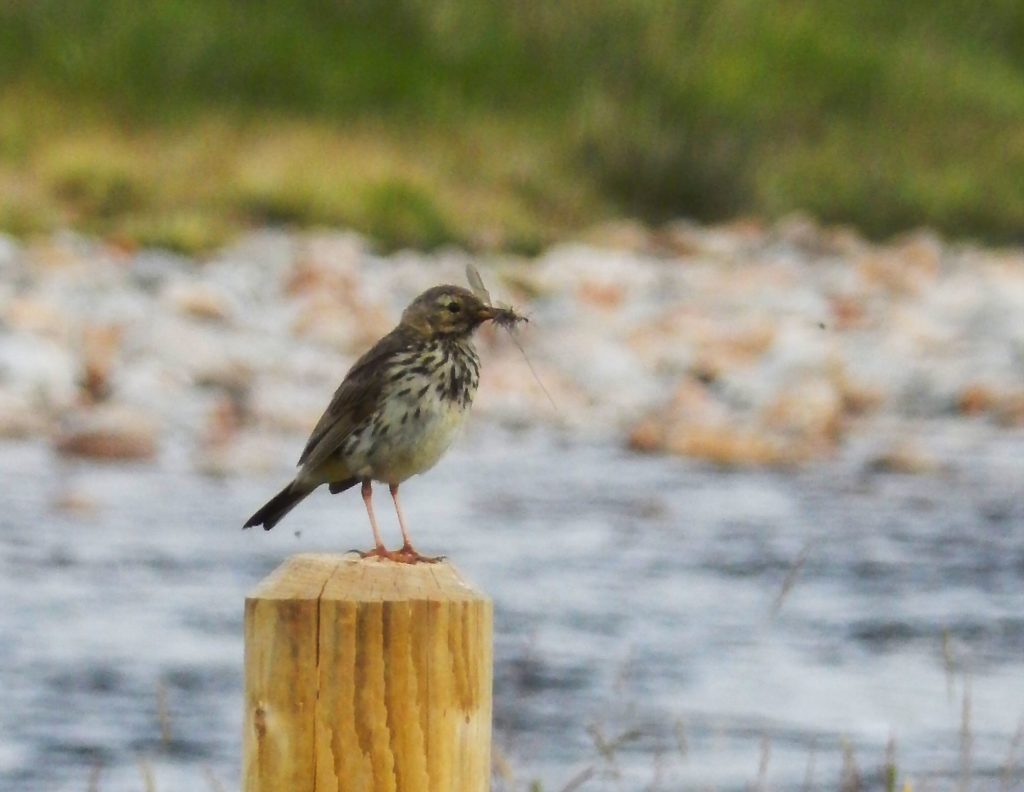
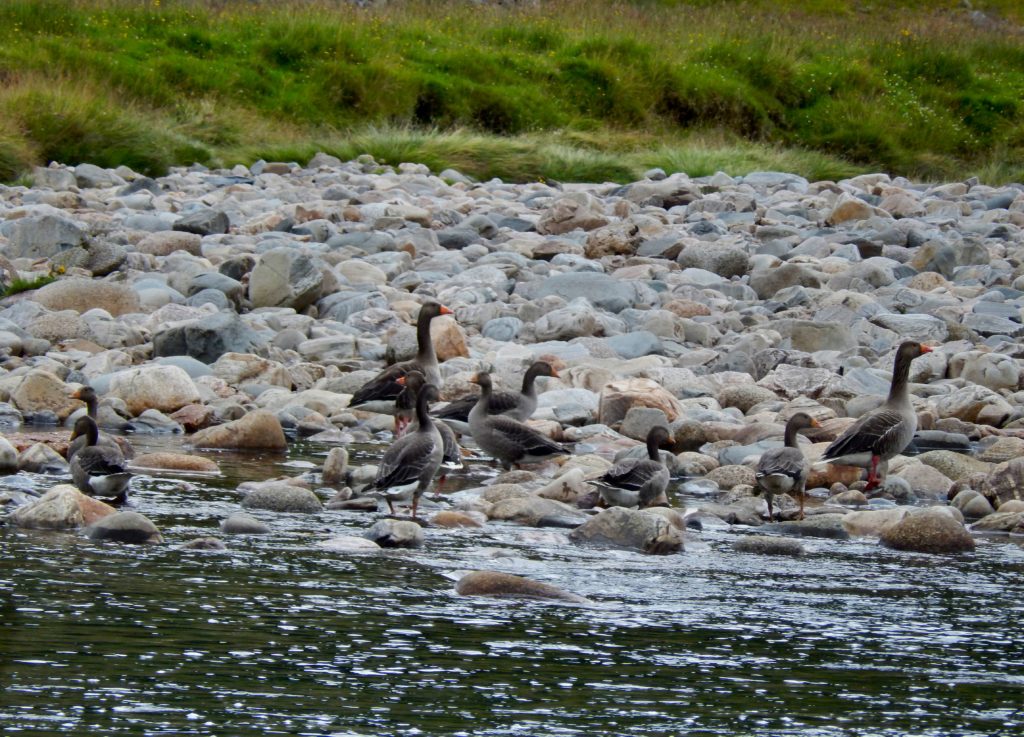


Watchfulness seems to be the, er, watchword for the wildlife of the Upper Spey valley. This hare kept a close eye on me, then lolloped off, not appearing to hurry, but going pretty quick, before squeezing under a gate.




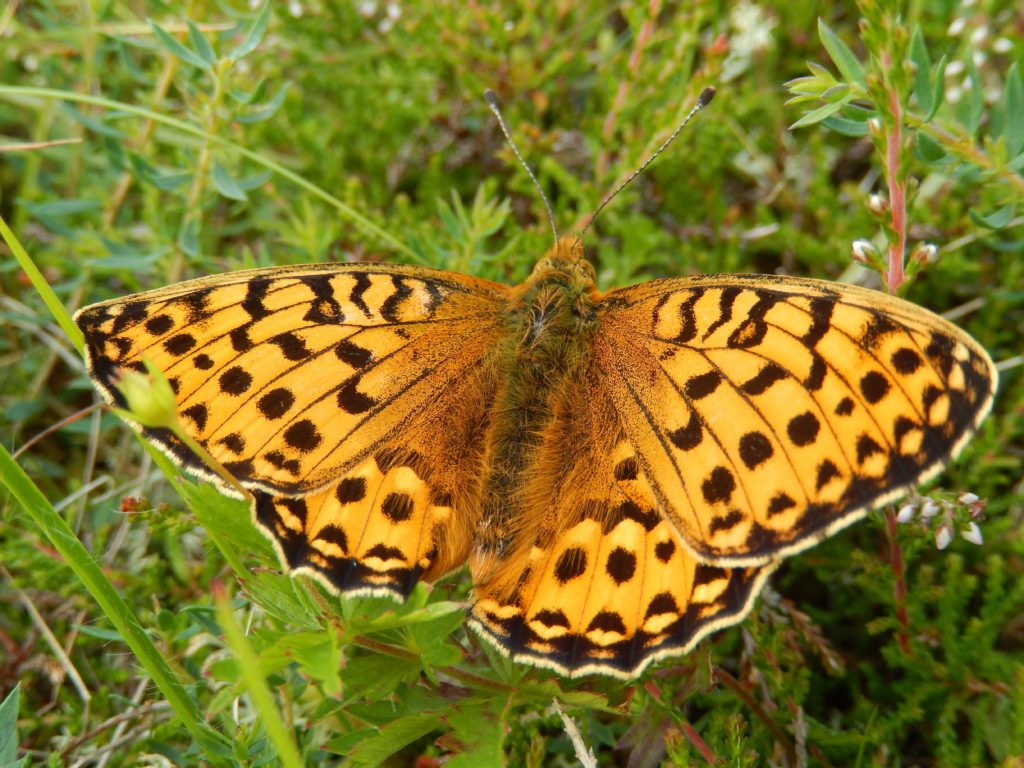
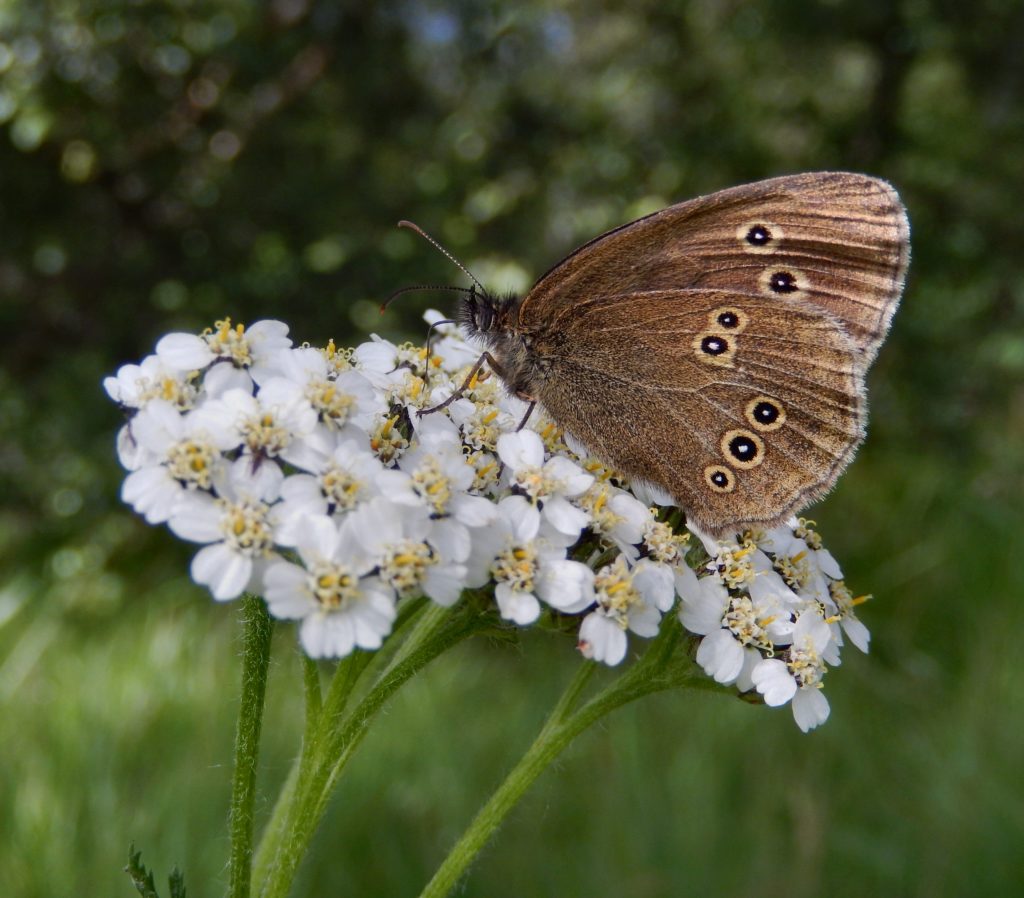
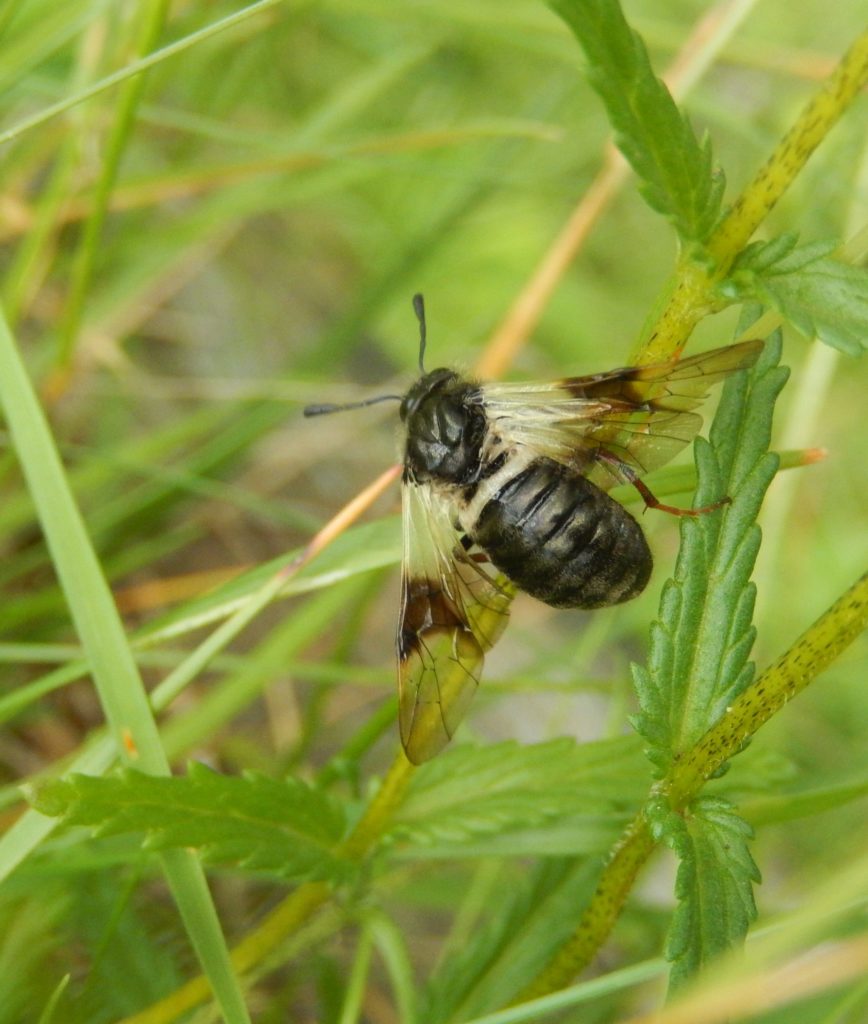
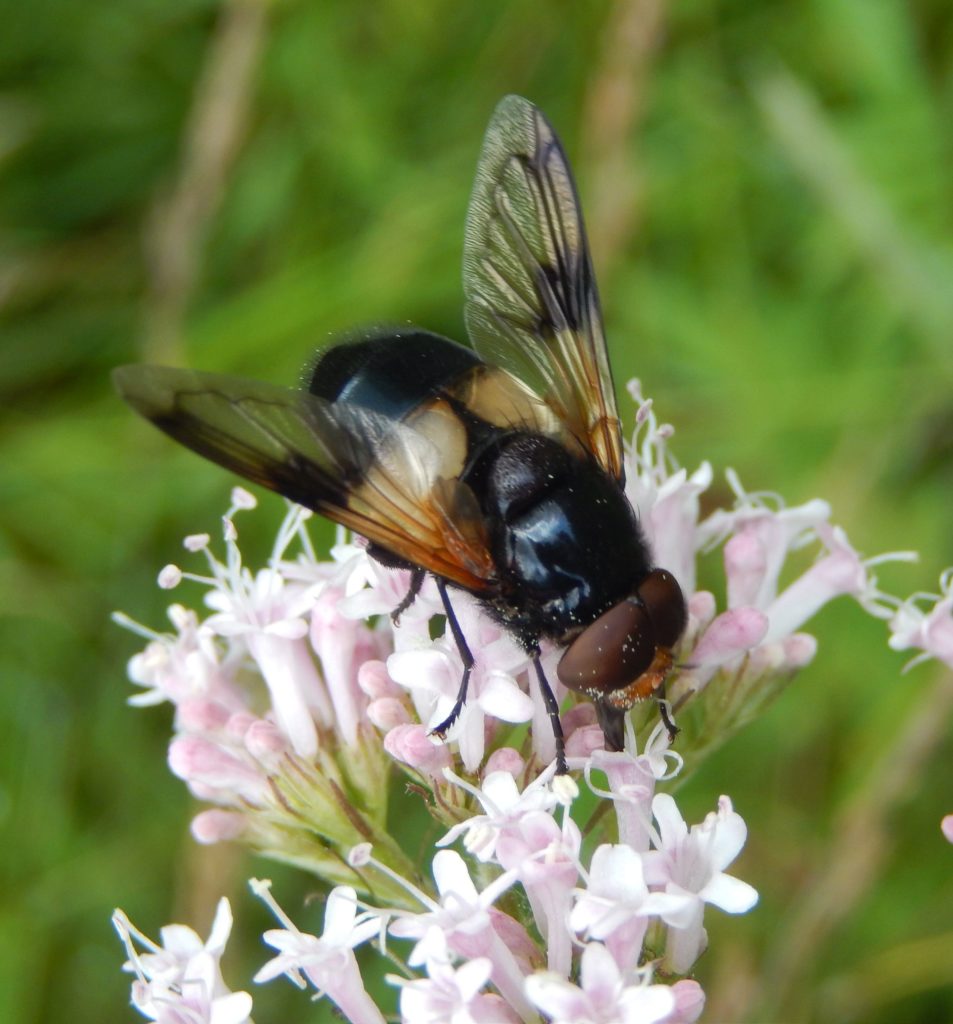
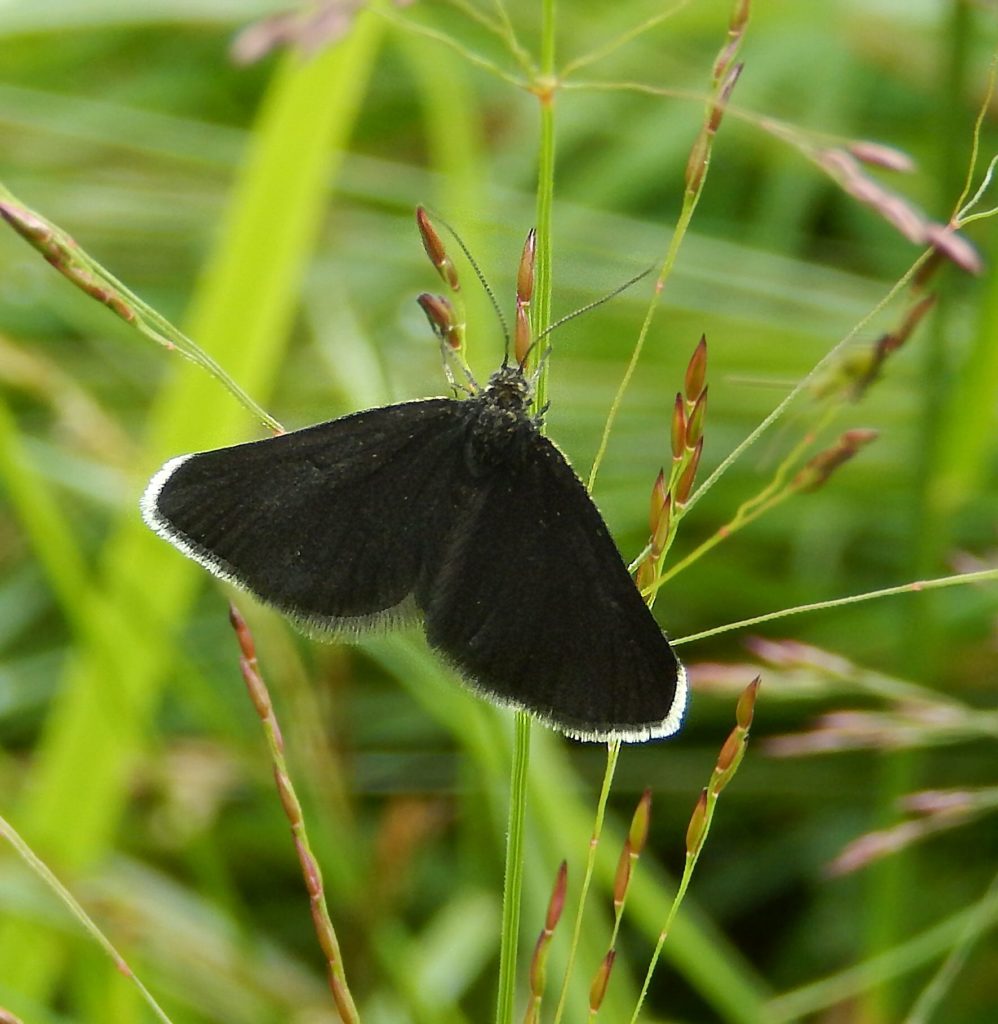
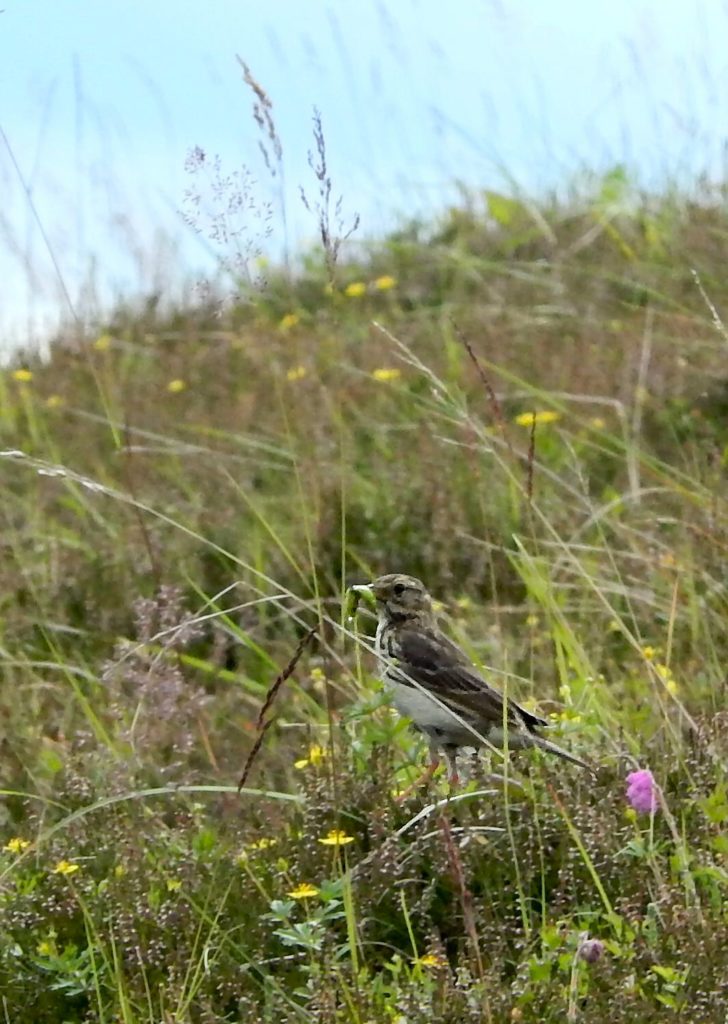

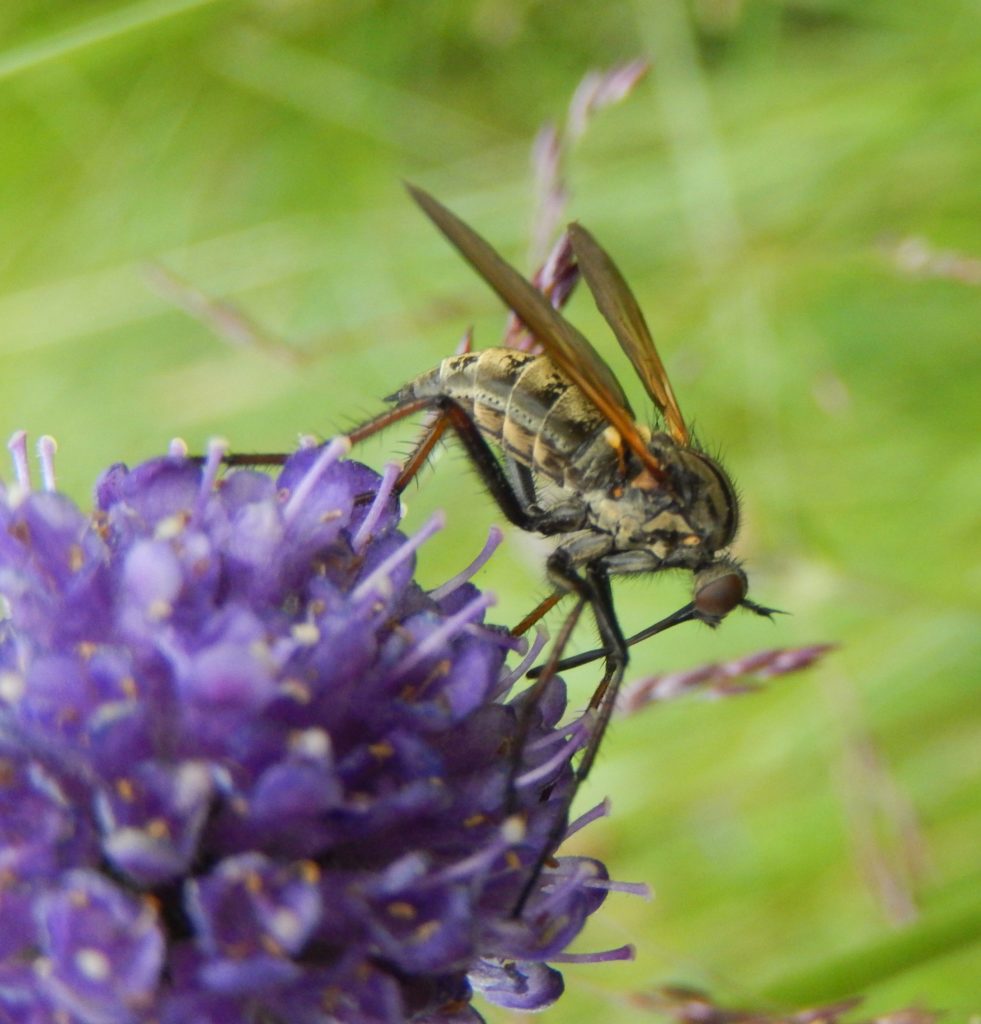
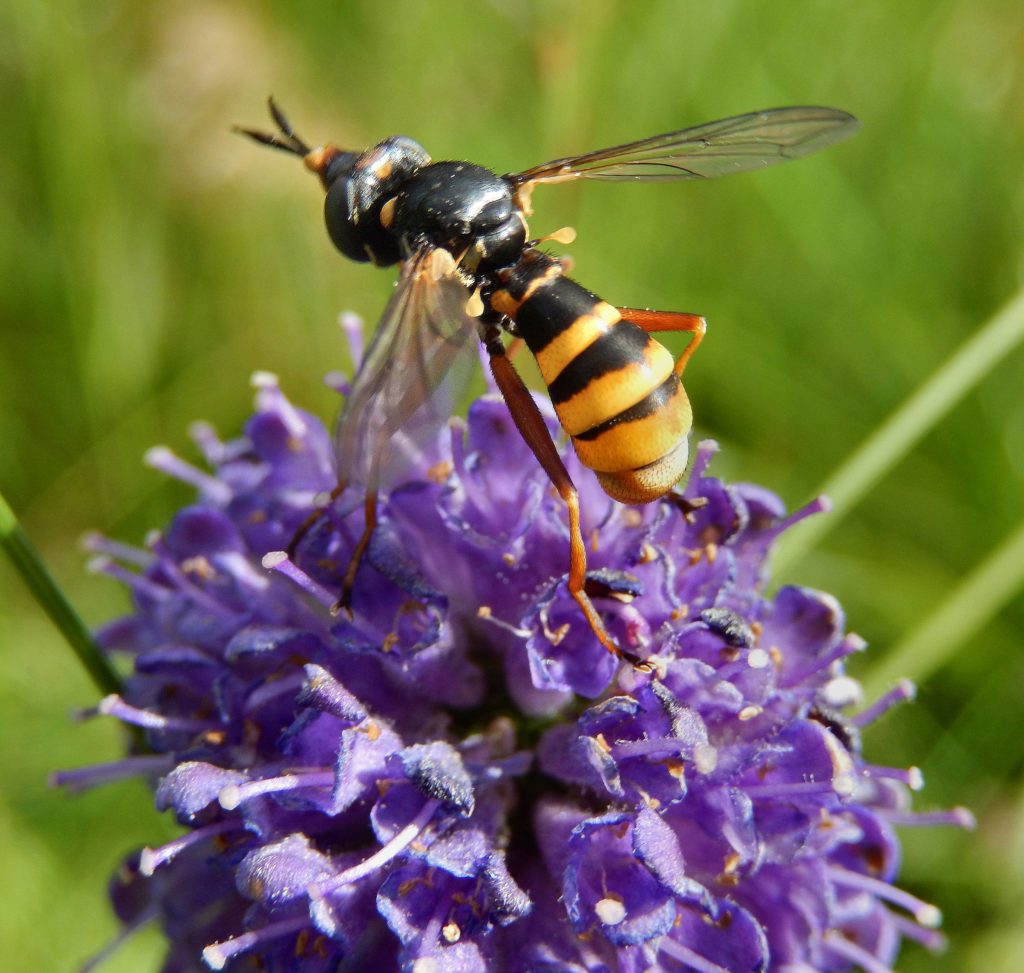
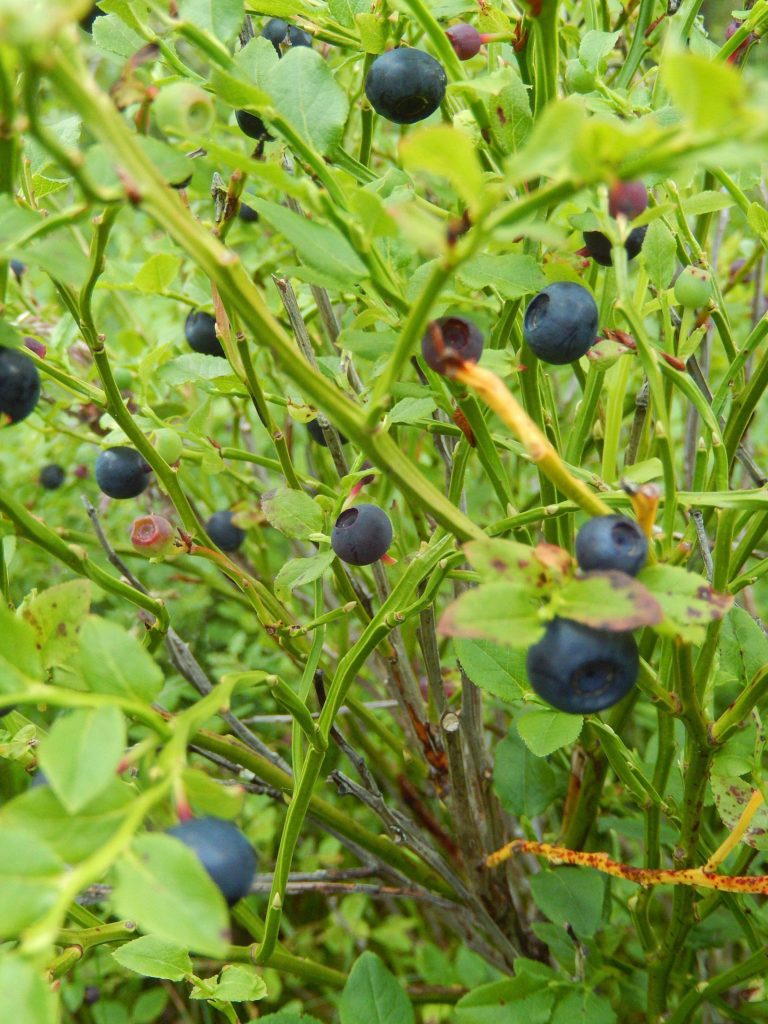
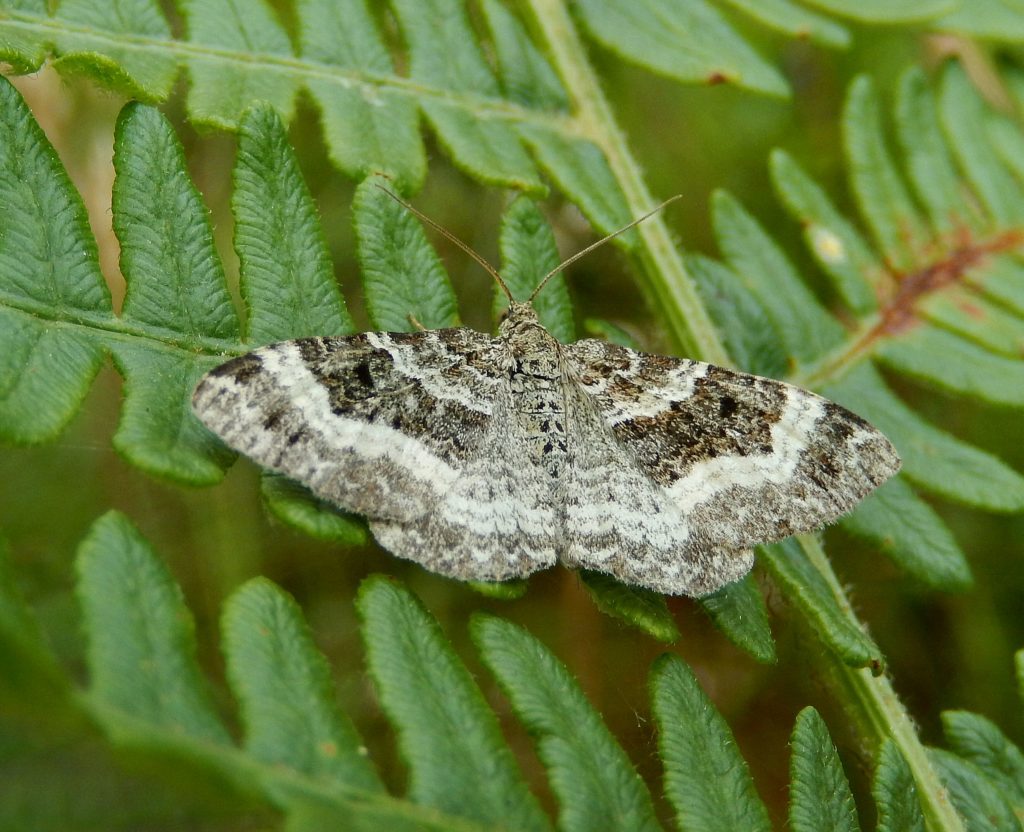
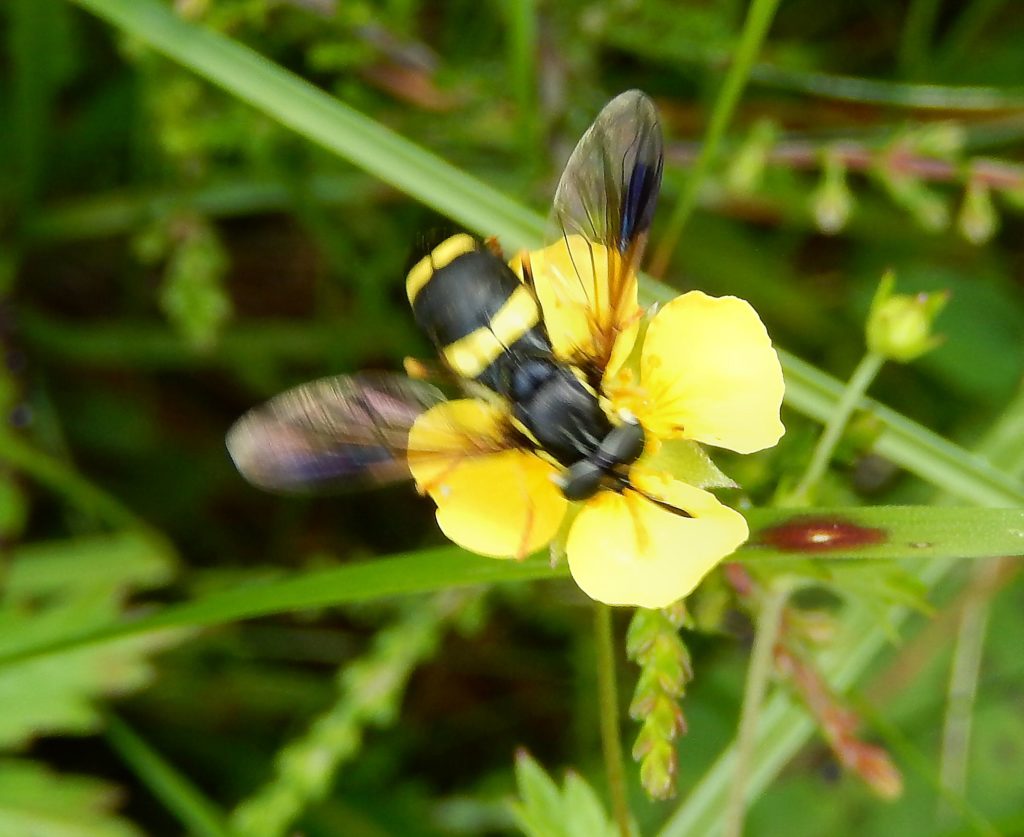
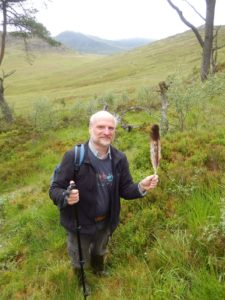
We walked up the hill through the birch woods, and across the heathery moor. On the drier, lower slopes, the heather was dotted with Eyebright, purple orchids and wild Thyme. Up above, on the flatter, wetter parts, bright yellow Bog Asphodel and the fluffy white tufts of Bog Cotton enlivened the landscape. We made not for the tops but for an ancient wood of thick pines, now widely spaced with thick soft moss and heather below them. The old Eagle’s nest is no more, the tip of the trunk that had supported it now snapped off in a storm, but Roy had seen an Eagle once or twice this year, still frequenting the area. We looked up at the trunks, two or three of them now forked at the top where side branches had taken over from a lost main shoot. At our feet was an Eagle’s quill, a flight primary feather, as long as my arm from elbow to knuckles, dark-tipped, mottled brown and white. I held it up for a photograph, put the camera away and shouldered my bag. Roy cried out and pointed: a Golden Eagle was lumbering into the air from a rock not 20 yards from us. It flapped away, turned and disappeared around the hill. Elated, I carried the feather home, not caring if I skidded on a wet slope. Down near the monument, the Bell Heather glowed in varied tones of purple: it gave off a delicate honey scent despite the lack of sunshine, and the bumble bees made the most of the bounty.
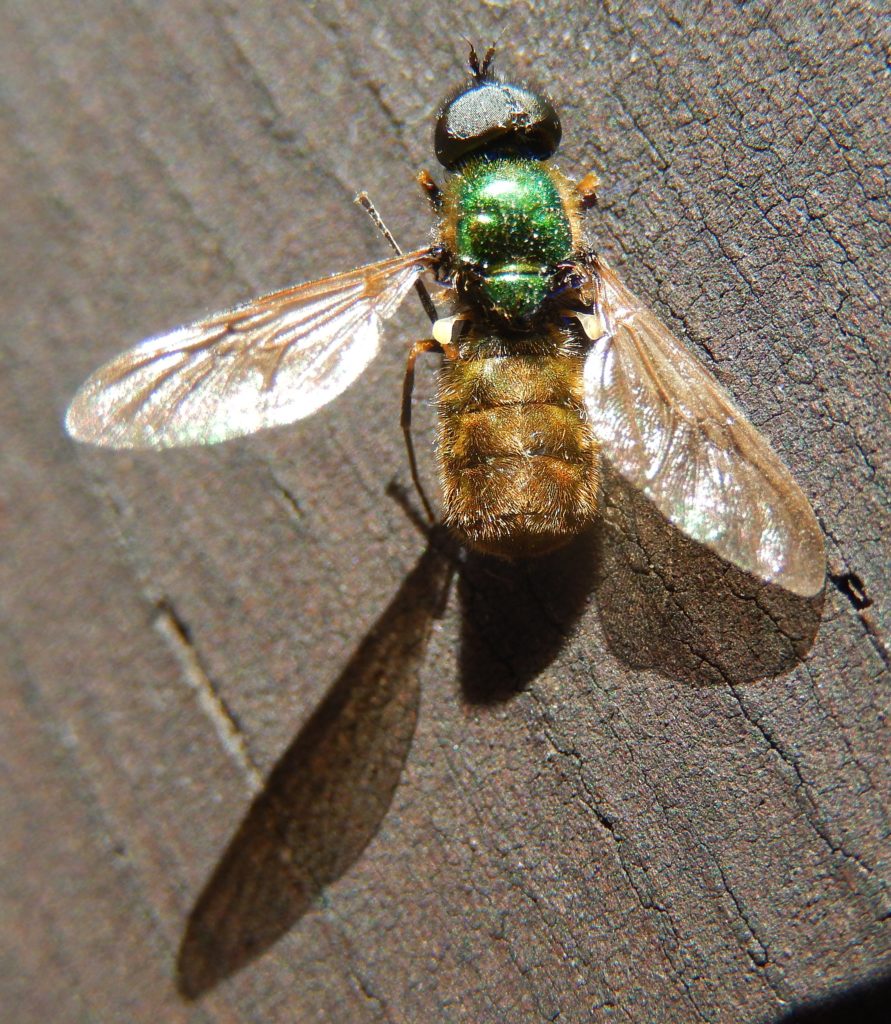
This little fly, seemed quite unassuming until I held it in the sunlight, and it sparkled iridescent, its thorax metallic green, its hairy abdomen gold. It is a male soldier fly (Stratiomyidae), a Dipteran as you can see from the club-like halteres in place of the hind wings. Its name is Chloromyia formosa, “the beautiful green fly”.
The book says the name soldier fly comes probably from the bright colours, like 18th century uniforms; the flies are not aggressive, but “often sluggish”.